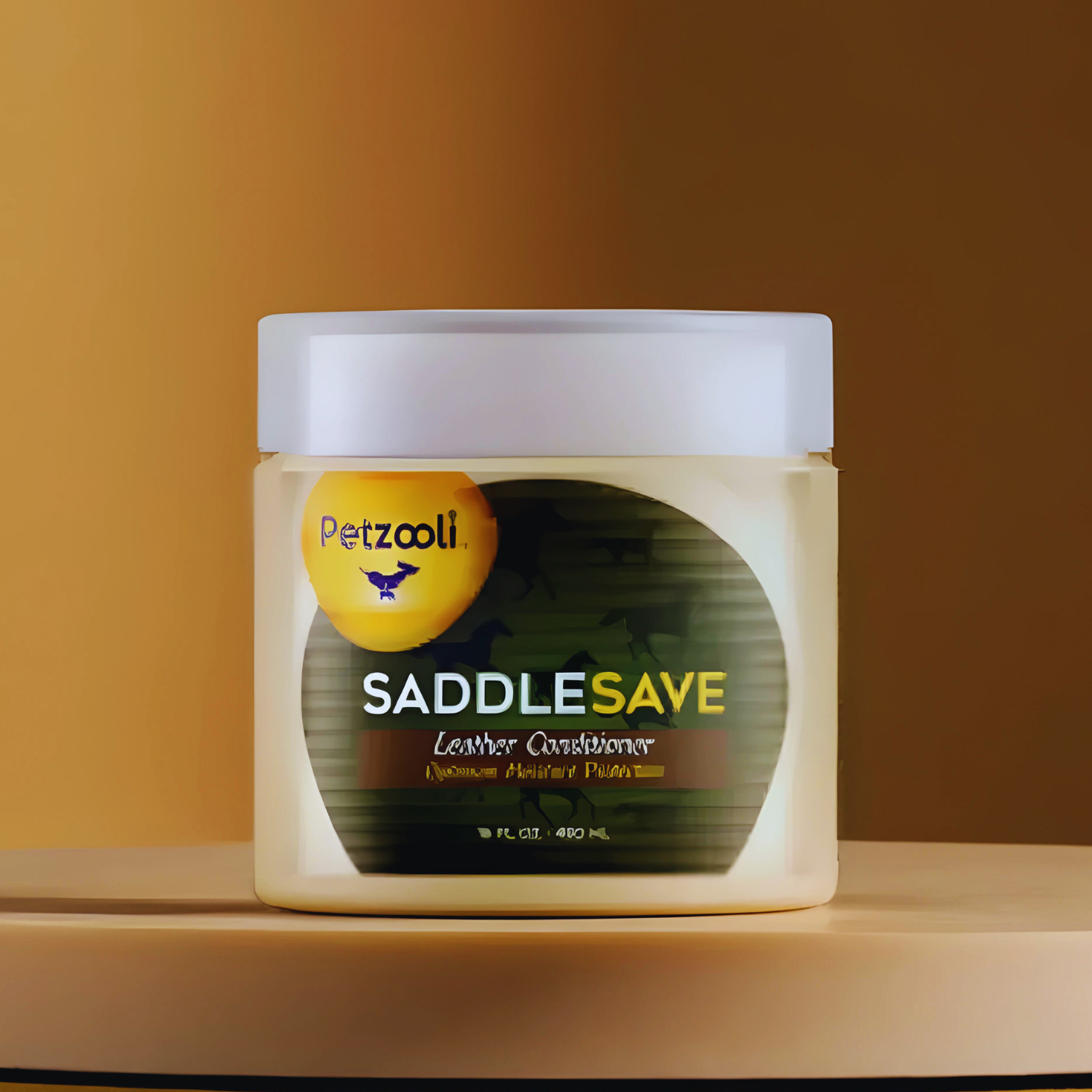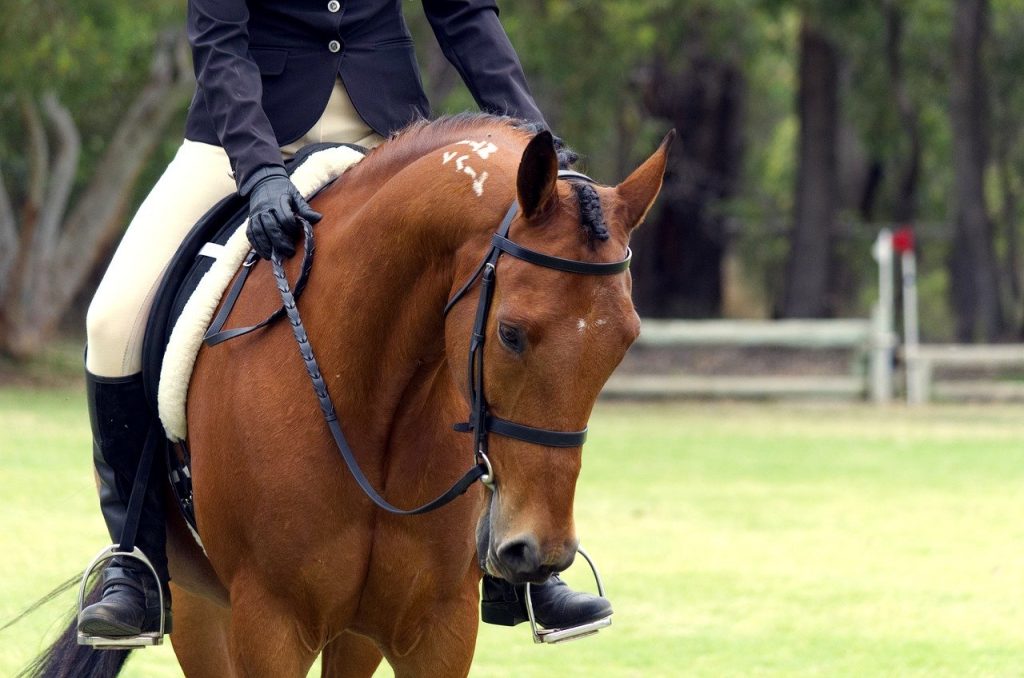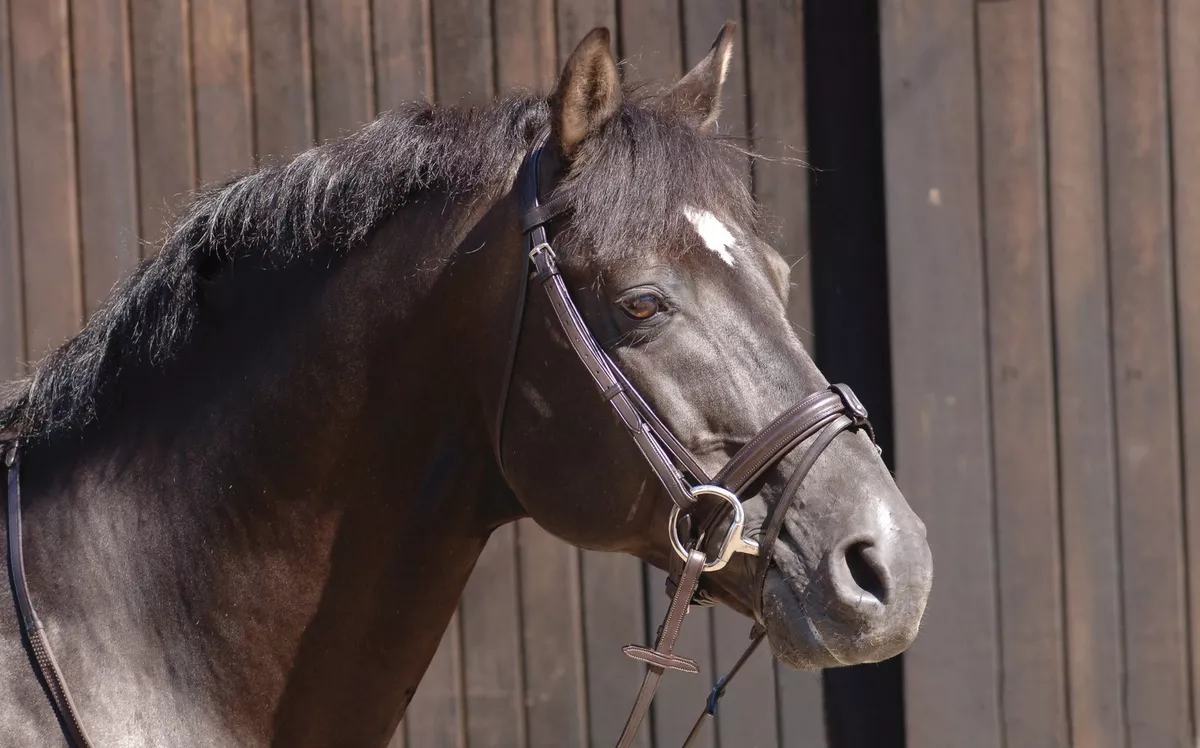
What is the Difference Between a Horse Bridle and a Headstall?
Share
When it comes to equestrian gear, two essential pieces often come up in conversation are the horse bridle and the headstall. Understanding the difference between a horse bridle and a headstall can greatly influence both your horse's performance and overall experience when riding or handling these magnificent animals. Both of these items serve as vital components in controlling and guiding a horse, yet they have distinct roles, structures, and purposes in the world of horse riding.
For health-conscious pet owners, knowing what equipment to use with your horse is crucial. Afraid of making a mistake that could harm your horse or detract from your riding experience? Youre not alone! Lets delve deeper into the details of both the bridle and the headstall.

Understanding the Basics
A horse bridle is a piece of equipment that's meant to give control to the rider. It typically consists of various straps, rings, and bits. The design of a bridle makes it possible for the horse to be guided with precision and care, which is essential especially for those who are health-conscious and want to ensure their horse is comfortable during training.
On the other hand, a headstall is often considered a less complex form of a bridle. It usually lacks the bit and is mainly a tool for holding the reins to guide the horse. The simplicity of the headstall makes it a preferred choice for some riders, especially those concerned with the horses gentle handling and comfort.

Diving Deeper: The Components
Parts of a Horse Bridle
A standard horse bridle is made up of several parts:
- Crownpiece: This is the part that rests on the top of the horse's head.
- Cheek pieces: Straps that run down the sides of the head, attaching the bit.
- Reins: These are the levers with which the rider communicates with the horse.
- Bit: This piece fits in the horses mouth and is pivotal for control.
Parts of a Headstall
A headstall is much simpler and usually consists of:
- Crownpiece: Similar to the bridle, it rests on the horse's head.
- Cheek pieces: Also present in a headstall but without the attachment for a bit.
- Reins: Generally included to allow the rider to control the horse.

When to Use a Bridle or Headstall
Choosing whether to use a bridle or headstall often depends on the situation:
Situations for Using a Bridle
Bridles are typically suited for:
- Riding in more controlled settings, such as competitions or lessons.
- Horses requiring reinforcement and more direct control.
- Situations where communication needs to be precise and instantaneous.
Situations for Using a Headstall
Headstalls are more apt for:
- Relaxed trail rides where more control is not imperative.
- Training sessions with gentle handling methods.
- Young horses or inexperienced riders where simplicity is key.

Choosing the Right Gear for Your Horse
Whether you opt for a horse bridle or a headstall, always consider size, fit, and comfort. A well-fitted bridle or headstall not only enhances your horses trust but is equally vital for your peace of mind as a caring pet owner. For more tips on gear selection and horse care, check out this basic horse care guide.
Maintenance Tips for Your Bridle and Headstall
Keeping your equipment in optimal condition is essential for both the horse's comfort and longevity of the gear:
Bridle Maintenance
Bridles require regular cleaning, usually after each ride:
- Use a damp sponge to wipe away sweat and dirt.
- Regularly check for wear and tear, especially on the reins and bit.
Headstall Maintenance
Headstalls also need care, but typically less often than bridles:
- Inspect it for damage before each use.
- Wipe it periodically to keep it clean.
Conclusion
In summary, the difference between a horse bridle and a headstall is rooted in their purpose and level of control. For health-conscious pet owners, choosing the right option is pivotal in ensuring quality care for your horse. Remember to weigh your options based on the horses needs and the situation at hand. Interested in learning more about how to properly bridle a horse? Visit our blog on how to bridle a horse for detailed guidance.
FAQs
1. Can I use a headstall instead of a bridle?
Yes, in relaxed riding situations where more control is not needed, a headstall can be an excellent alternative to a bridle.
2. How do I know if my horse is comfortable with the gear?
Always look for signs of discomfort, like head tossing or fidgeting. The gear should fit snugly but not tight.
3. What materials are best for bridles and headstalls?
Leather is traditional and durable, while synthetic options are easier to clean and maintain.
As an Amazon Associate, I earn from qualifying purchases.
